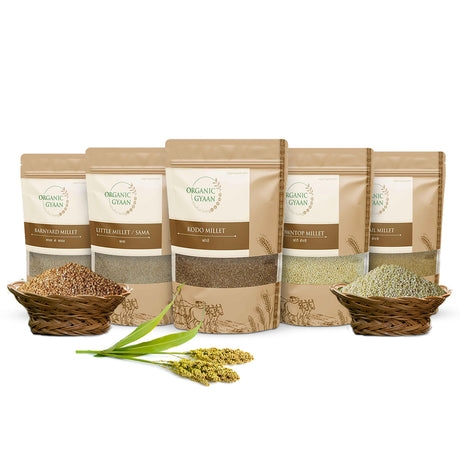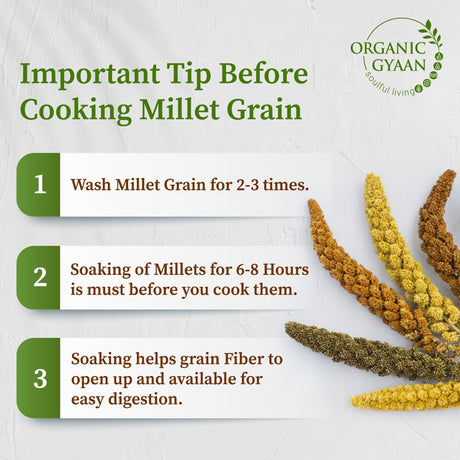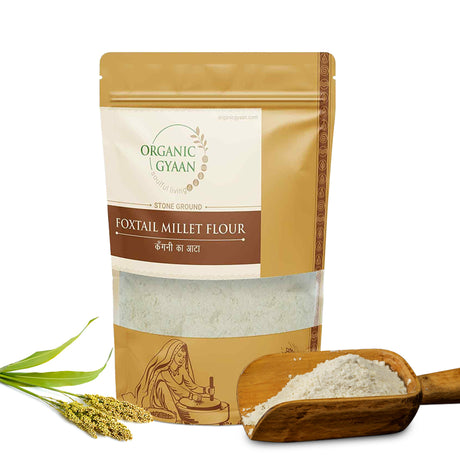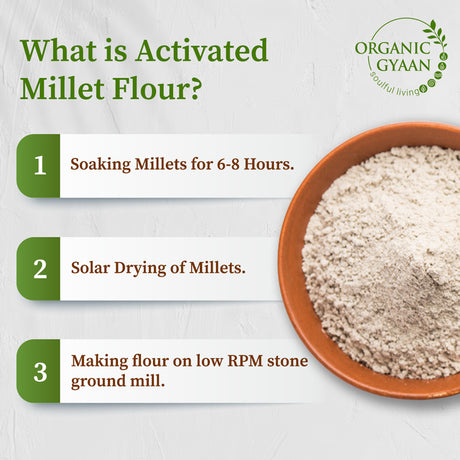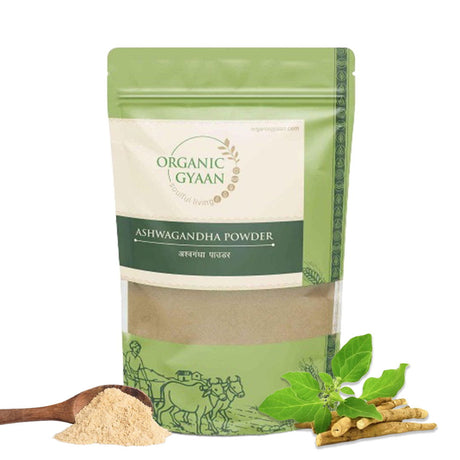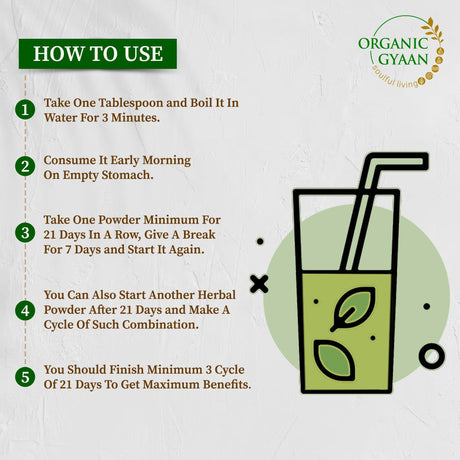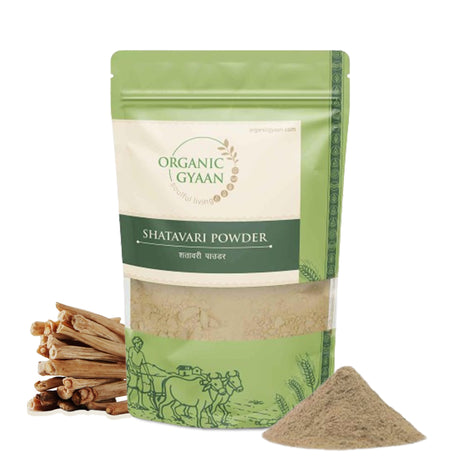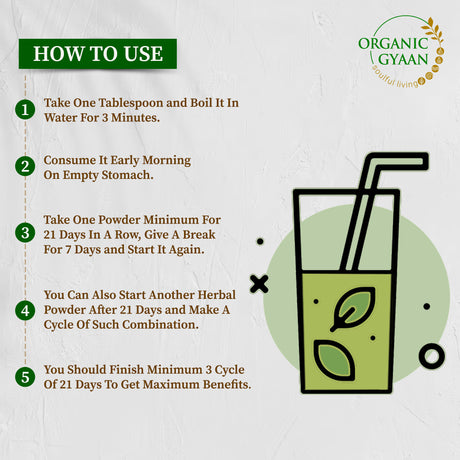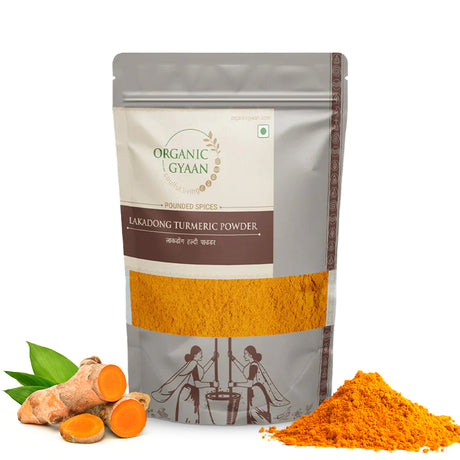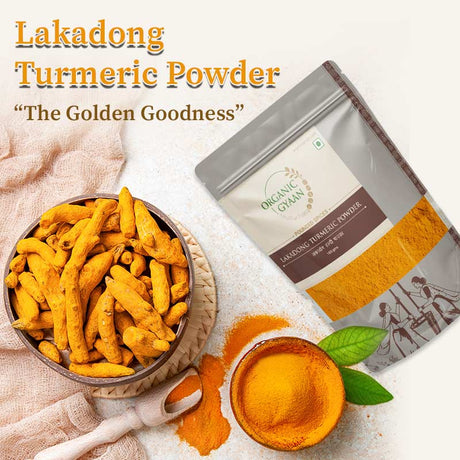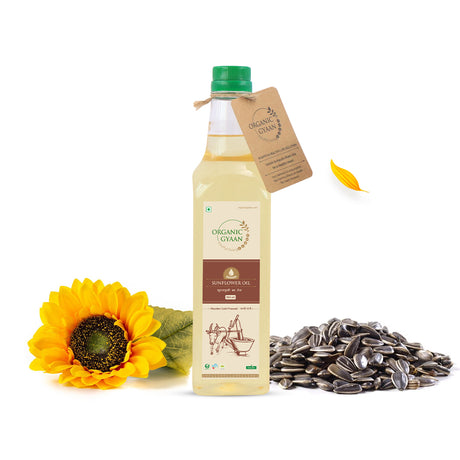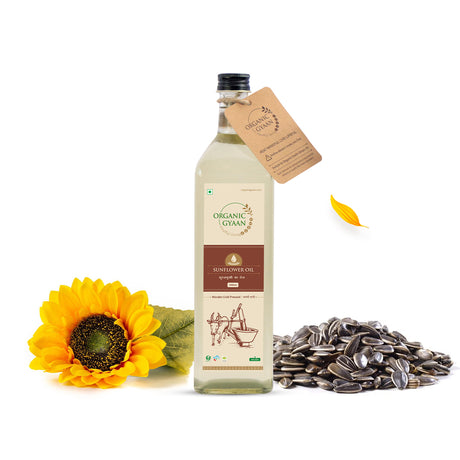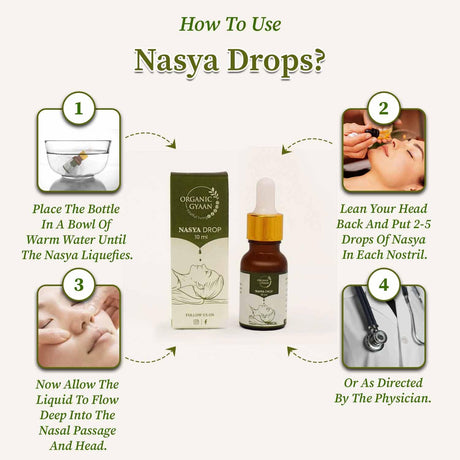Imagine a sticky, waxy substance slowly building up inside your blood vessels-making it harder for blood to flow and quietly raising your risk of a heart attack or stroke. This isn’t a scene from a movie-it’s what happens in your body when LDL cholesterol levels are too high.
While not all cholesterol is bad, LDL (Low-Density Lipoprotein) is the type known as the “bad” cholesterol because of its harmful effects when it builds up in the blood. Fortunately, you can learn how to lower LDL cholesterol with natural methods.
What is LDL Cholesterol?
Cholesterol is a fatty substance your body needs to build cells and make hormones. However, since cholesterol doesn’t dissolve in blood, your body transports it in tiny packages called lipoproteins.
There are two main types of cholesterol:
- LDL (Low-Density Lipoprotein): Often called “bad” cholesterol, it carries cholesterol to various parts of the body. Too much LDL can stick to artery walls and create plaque.
- HDL (High-Density Lipoprotein): Known as “good” cholesterol, it carries excess cholesterol back to the liver.
When LDL cholesterol levels get too high, the extra cholesterol forms plaque on artery walls. This leads to atherosclerosis-a condition where arteries become narrow and stiff, which can reduce or block blood flow.
That’s why knowing how to lower LDL cholesterol is crucial for maintaining a healthy heart.
Why High LDL Cholesterol is Dangerous
High LDL cholesterol is often called a "silent killer" because it shows no obvious symptoms, yet causes long-term damage. It can:
- Narrow arteries and restrict blood flow
- Lead to heart attacks or strokes
- Contribute to high blood pressure
- Cause poor blood circulation
Healthy levels of LDL cholesterol:
- Below 100 mg/dL is ideal for most people
- Above 130 mg/dL can increase risk, especially with other health issues
Learning how to lower cholesterol naturally can prevent complications before they begin.
How to Lower LDL Cholesterol Naturally
Now let’s explore the best natural ways to reduce LDL and improve heart health. These vegetarian and Ayurvedic-friendly foods can be part of your daily routine.
1. Millets – Fiber-Rich Grains for Cholesterol Control
Millets such as foxtail, kodo, ragi, and barnyard millet are packed with soluble fiber. This type of fiber binds with cholesterol and helps remove it from your body.
Why they help lower LDL:
- Improve digestion and reduce fat absorption
- Lower cholesterol absorption in the gut
- Help manage blood sugar, which is linked to cholesterol levels
How to include:
- Millet porridge or upma for breakfast
- Millet rotis instead of wheat rotis
- Millet khichdi with vegetables
If you're looking for how to lower LDL cholesterol with whole grains, millets are an excellent place to start.
2. A2 Gir Cow Ghee – Heart-Friendly in Moderation
Many people think ghee is bad for cholesterol, but A2 ghee can actually help keep cholesterol levels balanced if you eat it in small amounts.
Why it helps:
- Contains butyric acid, which reduces inflammation
- Aids in nutrient absorption
- Helps digest fat-soluble vitamins like A, D, E, and K
How to include:
- Use 1 teaspoon on hot dal, rice, or roti
- Use for light sautéing of vegetables
This is a good fat that supports digestion and heart health when not overused.
3. Cold-Pressed Oils – Better Than Refined Fats
Refined oils go through heavy processing and can be bad for cholesterol. Cold-pressed oils are more natural and keep the healthy fats your heart needs.
Best oils for heart health:
How they help lower LDL cholesterol:
- Provide unsaturated fats that lower LDL
- Improve artery function
- Support HDL (good cholesterol) production
How to include:
- Use for daily cooking
- Avoid overheating or reusing the oil
When exploring how to lower cholesterol, switching your oil is one of the easiest and most effective steps.
4. Pulses and Lentils – Fiber and Plant Protein
Pulses like moong dal, masoor, rajma, and chana are high in soluble fiber and plant protein-both excellent for cholesterol management.
Why they work:
- Help remove LDL from the digestive tract
- Keep you full and support weight management
How to include:
- Dal or curry for lunch and dinner
- Sprouted moong or chana salad
- Lentil soups with added vegetables
They’re a staple food for anyone learning how to lower LDL cholesterol naturally.
5. Fruits and Vegetables – Natural Cleansers
Fruits and vegetables are packed with antioxidants, fiber, and heart-protective nutrients.
Best choices:
- Apples, guavas, pears (rich in pectin)
- Beetroot, carrots, spinach, bottle gourd
- Drumstick leaves and tomatoes
Why they help:
- Remove cholesterol from your system
- Provide antioxidants to protect blood vessels
- Balance blood pressure and improve overall health
How to include:
- Snack on fruits during the day
- Add salads to every meal
- Cook or steam vegetables lightly
This is one of the most powerful dietary changes you can make when learning how to lower cholesterol naturally.
6. Nuts and Seeds – Small But Mighty
Nuts and seeds offer healthy fats, fiber, and plant sterols that directly impact cholesterol levels.
Top picks:
- Almonds and walnuts
- Flaxseeds and chia seeds
- Sunflower and pumpkin seeds
How they help lower LDL cholesterol:
- Raise HDL and reduce LDL
- Offer omega-3 fatty acids
- Improve blood vessel function
How to include:
- Soaked almonds in the morning
- Flaxseed powder in rotis or smoothies
- Chia seeds in water or fruit salads
A small daily portion of nuts and seeds makes a big difference in cholesterol control.
7. Ayurvedic Herbs and Spices – Natural Helpers
Ayurveda offers time-tested herbs and spices that support liver function and fat metabolism, helping control LDL levels.
Best options:
- Turmeric – reduces inflammation in arteries
- Fenugreek (methi) seeds – help break down fat
- Triphala – improves digestion and detoxification
- Ashwagandha and Brahmi – reduce stress, which affects heart health
How to include:
- Add turmeric and black pepper to your meals
- Soak methi seeds overnight and consume in the morning
- Take Triphala with warm water at night
- Use Ashwagandha ghee or Brahmi ghee before bed
These herbs provide deep healing and are often overlooked tools for those researching how to lower LDL cholesterol naturally.
Lifestyle Tips to Lower LDL Cholesterol
Alongside food, your daily habits matter. These simple lifestyle changes can greatly improve cholesterol levels.
Move More
- Walk 30–45 minutes daily
- Try yoga, cycling, or light exercise
- Avoid sitting for long hours
Sleep Well
- Get 7–8 hours of sleep each night
- Keep a consistent bedtime
- Avoid screens before sleep
Manage Stress
- Practice meditation or deep breathing
- Keep a balanced work-life routine
- Avoid overthinking and multitasking
Lifestyle is a crucial part of learning how to lower cholesterol naturally and maintaining those changes long-term.
Sample Daily Routine to Lower LDL Cholesterol
| Time | What to Do |
|---|---|
| Morning | Soaked almonds + methi seeds + warm water |
| Breakfast | Ragi porridge or millet upma |
| Mid-morning | Guava or apple |
| Lunch | Moong dal + millet roti + salad + A2 ghee |
| Snack | Chia seed water or roasted sunflower seeds |
| Dinner | Khichdi + steamed vegetables + turmeric ghee |
| Night | Triphala or Brahmi ghee with warm water |
Conclusion: You Can Lower LDL Cholesterol Naturally
LDL cholesterol may be quiet, but its impact on your heart and blood vessels is serious. The good news is, you don’t need medications to take your first steps.
With simple, consistent changes-like eating fiber-rich grains, using healthy fats, including herbs and nuts, and managing stress-you can learn how to lower LDL cholesterol naturally and gently.
What You Can Start Today:
- Switch to millets and cold-pressed oils
- Include fruits, vegetables, pulses, and nuts
- Add Ayurvedic herbs like Triphala, turmeric, and methi
- Move your body and rest your mind
By following these simple strategies, you’ll not only learn how to lower cholesterol, but also improve your overall energy, clarity, and well-being.

